1-1. Configuration of the CMOS simple discrete operational amplifier
In a previous my project, an experimental op-amp module with five bipolar transistors was introduced, and a similar configuration structure with five MOSFETs is used for this CMOS operational amplifier OPM-03. Because of the limited variety of single MOSFETs available and the fairly large variation in Vth, I thought it would be difficult to bring each internal part to an operating point that would allow overall operation, even if more FETs were used to improve the characteristics. Therefore, in this homemade project, it was decided that even if the characteristics were inferior to those of commercially available monolithic ICs, it would be sufficient if I could manage to achieve operation as a CMOS operational amplifier and experience its features.
Figure 1 shows the circuit of OPM-03. The internal circuit consists of three stages: the first stage is a differential pair, the second stage is a gain stage, and the third stage is a source follower. The MOSFETs used are 2N7000 for the N-channel type and BS250P for the P-channel type, both of which are for low-power switching. The datasheet states that the Vth value varies from 0.8 V to 3 V.
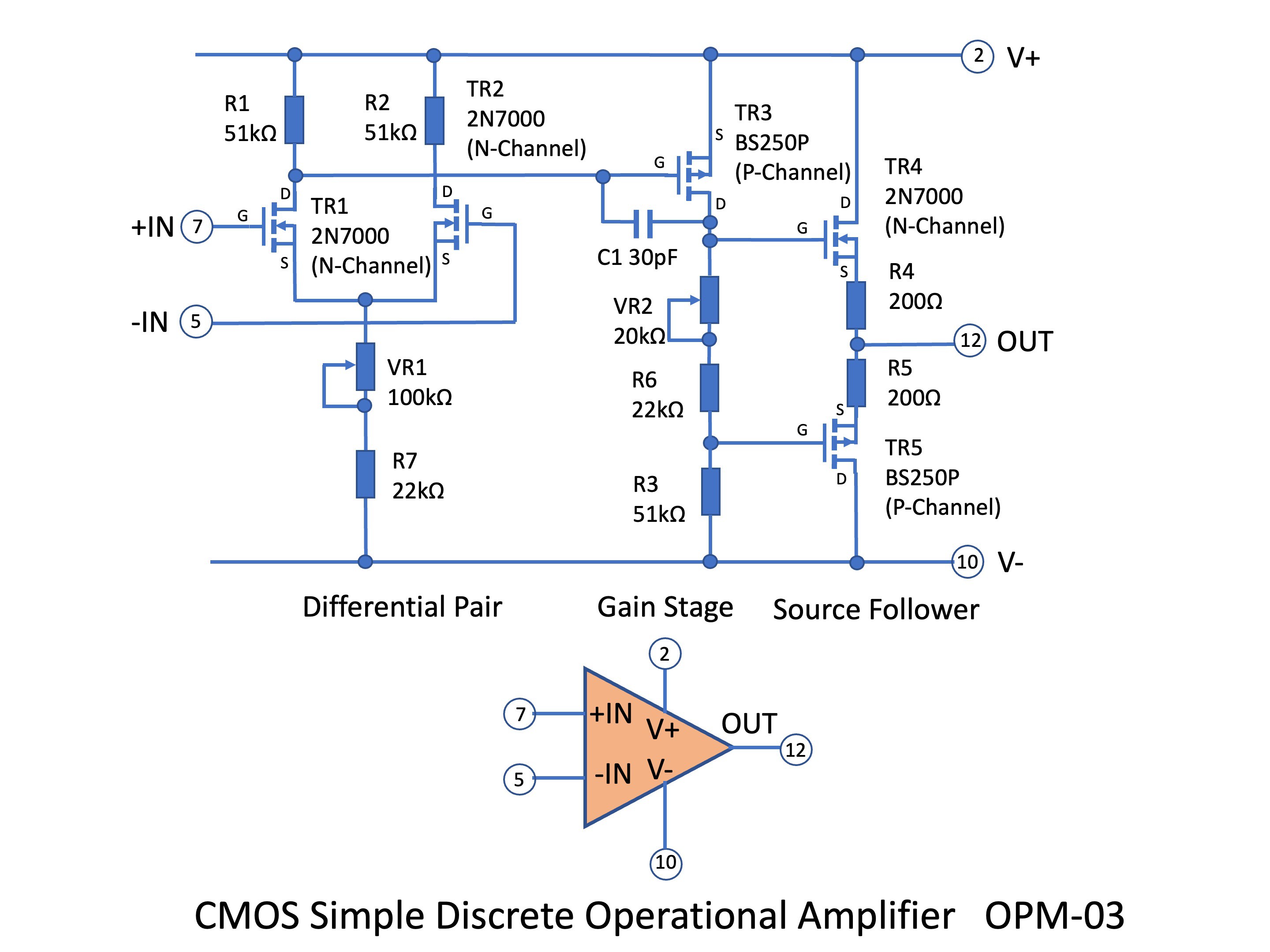
Fig.1 Circuit of the CMOS simple discrete operational amplifier
Figures 2 and 3 show the appearance of the homemade CMOS discrete operational amplifier. The external dimensions are the same as the op-amp module of the previous project, 30 mm x 30 mm, and the pin layout is the same.
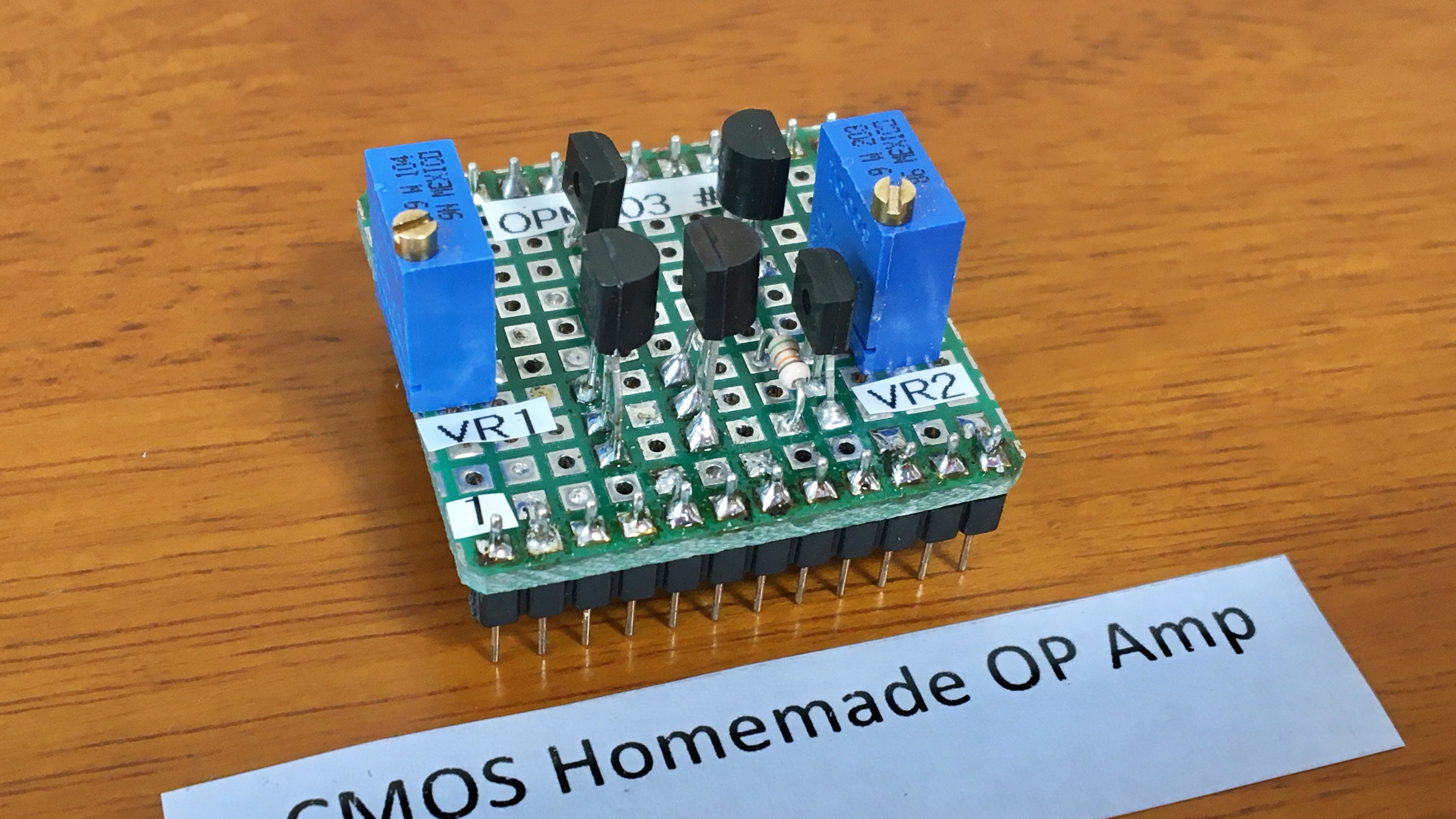
Fig. 2 CMOS simple discrete operational amplifier OPM-03
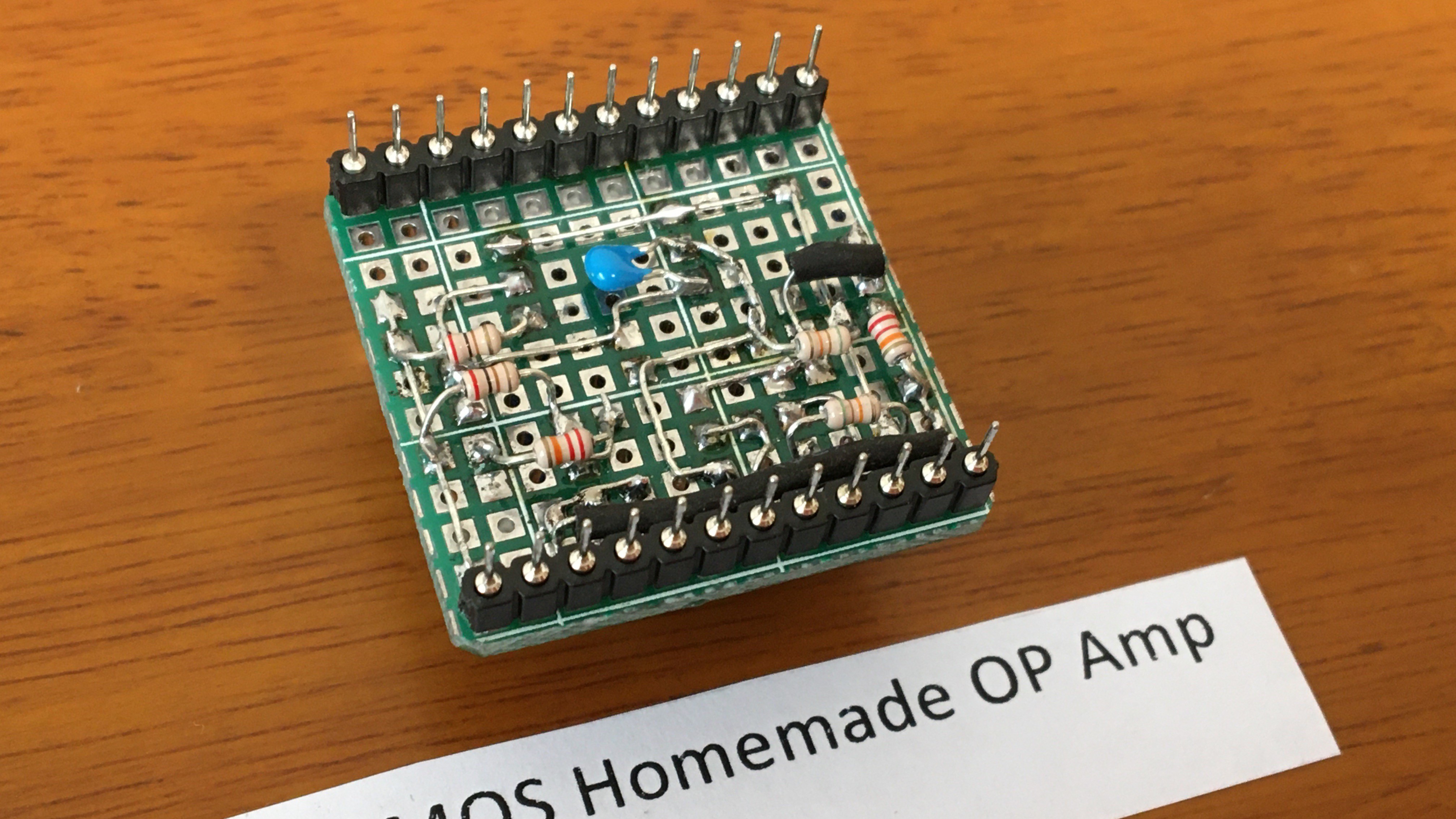
Fig.3 Bottom side of CMOS simple discrete operational amplifier OPM-03
1-2. Differential pair
As shown in Fig. 1, the differential pair consists of TR1 and TR2 N-Channel MOSFETs. The load of the differential pair is the resistors R1 and R2. Typically, a current mirror is used for this load; VR1 and R7 are substitutes for the bias and current sources of a typical differential pair. The drain DC potential of TR1 must be such that the gate potential of the second stage TR3 is operational and the DC offset of the third stage output is zero. It is this VR1 that sets the differential pair operating points so that the drain potential of TR1 satisfies these conditions.
1-3. Gain stage
The gain stage consists only of TR3, a P-Channel MOSFET; C1 is a phase compensation capacitor to prevent parasitic oscillation.VR2, R6 and R3 are the loads of TR3. The potential difference created by VR2 and R6 is to provide a difference in the gate potential of the third stage source follower to eliminate crossover distortion.
1-4. Source follower
The third stage is a complementary source follower with N-channel MOSFET TR4 and P-channel MOSFET TR5. R4 and R5 are simple protection resistors to limit excessive drain current of TR4 or TR5 in case of output short circuit. However, the power rating of these resistors should be about 2 W. The small resistors pictured in Fig. 3 are not correct.
1-5. Evaluation unit
Figure 4 shows the circuit diagram of the evaluation unit for the homemade discrete operational amplifier module. The non-inverting amplifier circuit, open-loop operation, and photo detector operation with transimpedance amplifier configuration are made possible by toggle switches. The gain can be switched with a rotary switch. Figure 5 shows the inside of this evaluation unit.
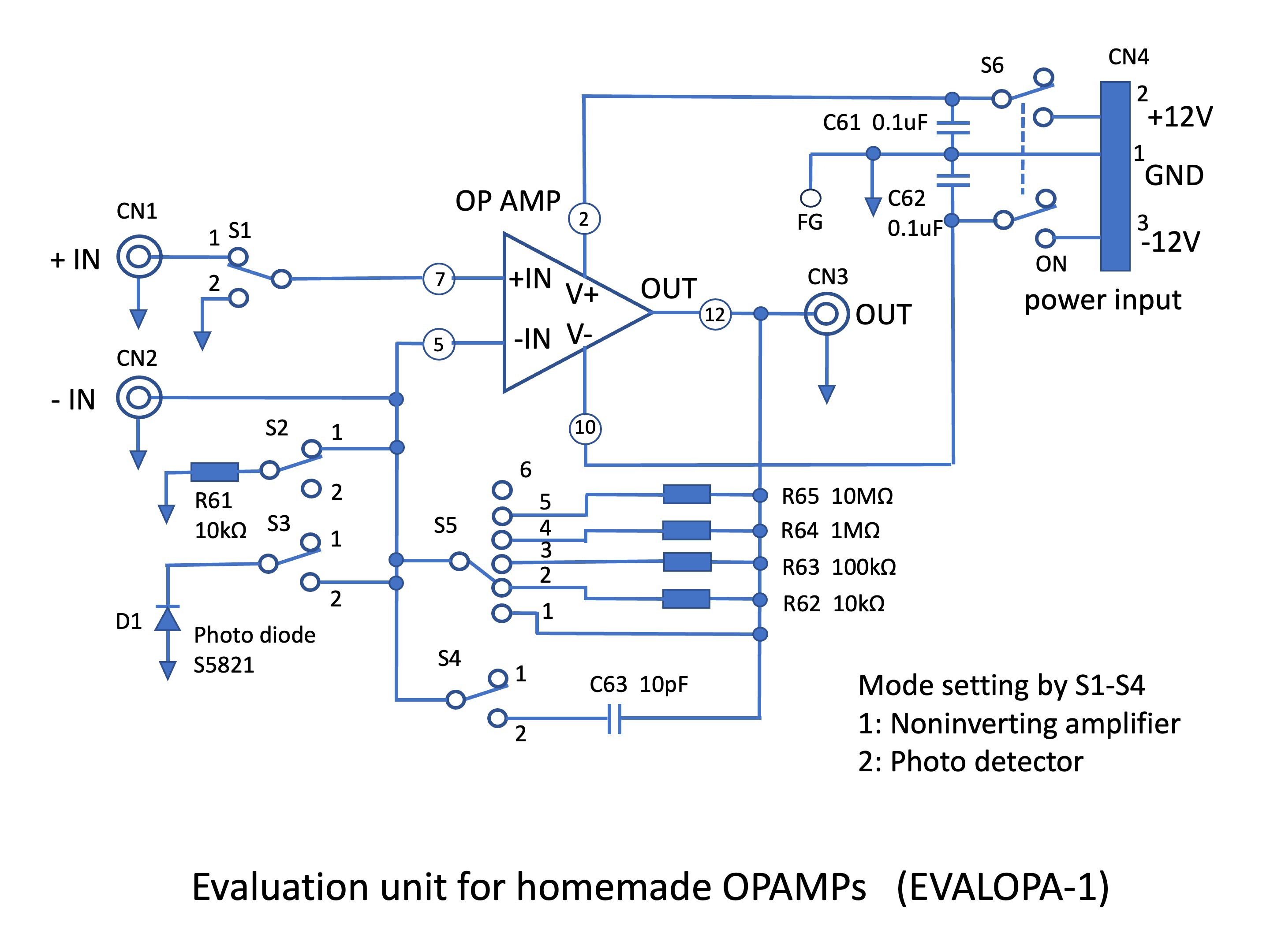
Fig. 4 Evaluation unit for the homemade operational amplifier modules
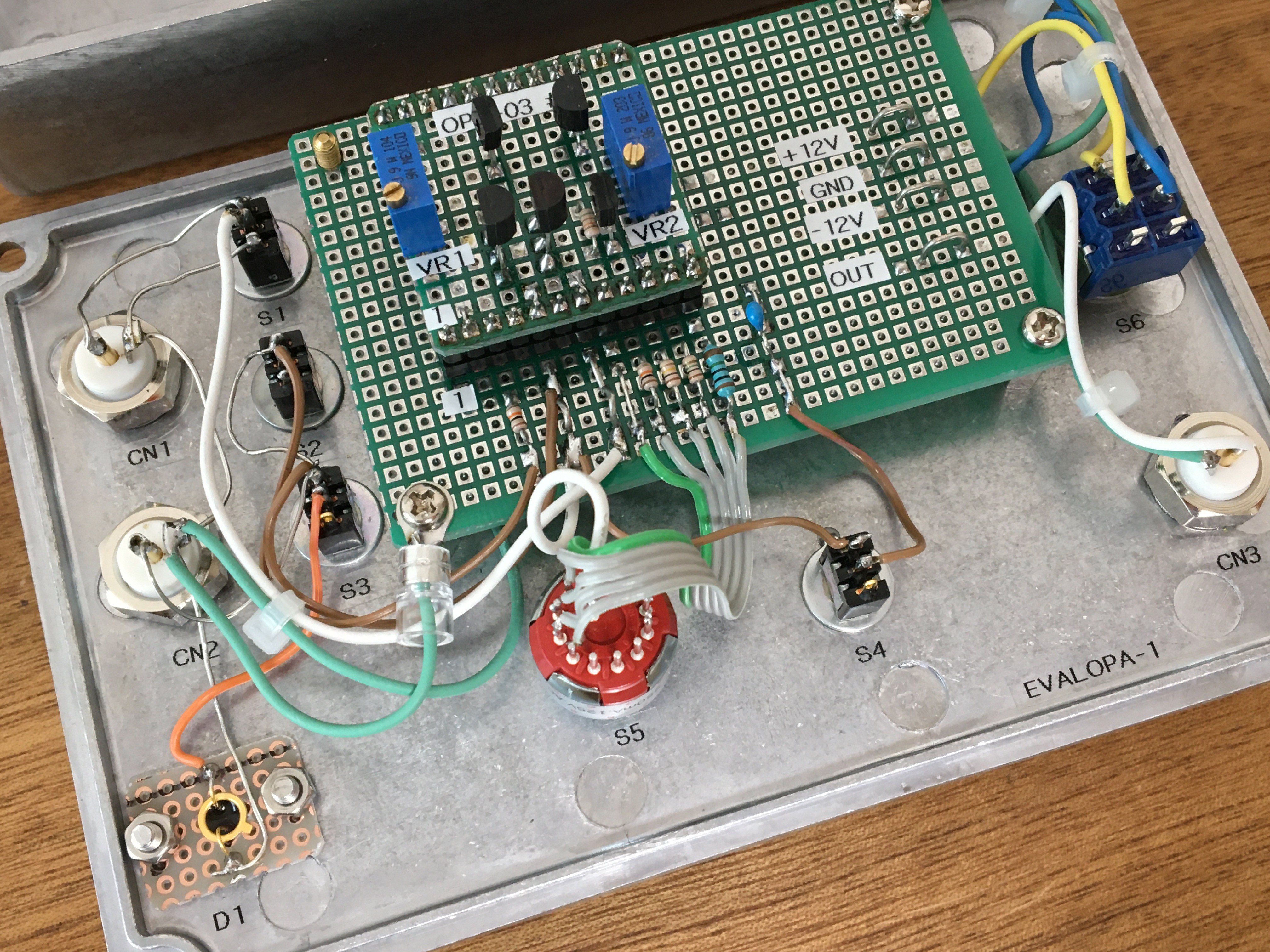
Fig. 5 Inside of the evaluation unit
2. Results
The results of the evaluation of the OPM-03's basic characteristics, non-inverting amplifier, and photodetector operation using this evaluation unit are shown below.
2-1. Result (Operating point)
A typical example of the operating point inside the operational amplifier is 101 kΩ for VR1+R7, +9.01 V for the drain of TR1, and -1.90 V for the source of TR1, under conditions where the...
Read more » Mitsuru Yamada
Mitsuru Yamada




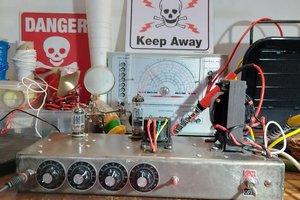
 _electroidiot
_electroidiot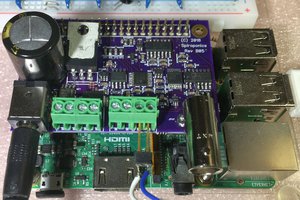
 Chris Johnson
Chris Johnson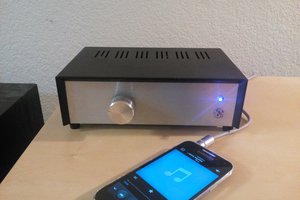
 Szoftveres
Szoftveres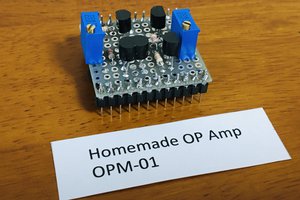
Very cool. I have actually recently made a very similar one. For the input stage I used the same 2N7000, but instead of just resistors for biasing I made a proper current source with a JFET (J310) and a 500ohm resistor to set an operating current of 5mA for the sources of the differential pair. I had initially set the current to 1.25mA with a 2Kohm resistor in the current source, but I have found that the higher current doubles the gain-bandwidth product. And at the top I connected an active load, a current mirror made with 2 PNP transistors (2N4403). I got very good performance from this input stage. I am now waiting for some small signal P-channel MOSFETs to be delivered (VP2106) to do it in the reverse polarity as well since P-MOSFETs are said to give lower input voltage noise. I'll keep the same current source, and use a NPN current mirror instead.
(edit) the 2N4403 were matched in hfe and Vbe down to +/-1mV to make the current mirror as efficient as possible.